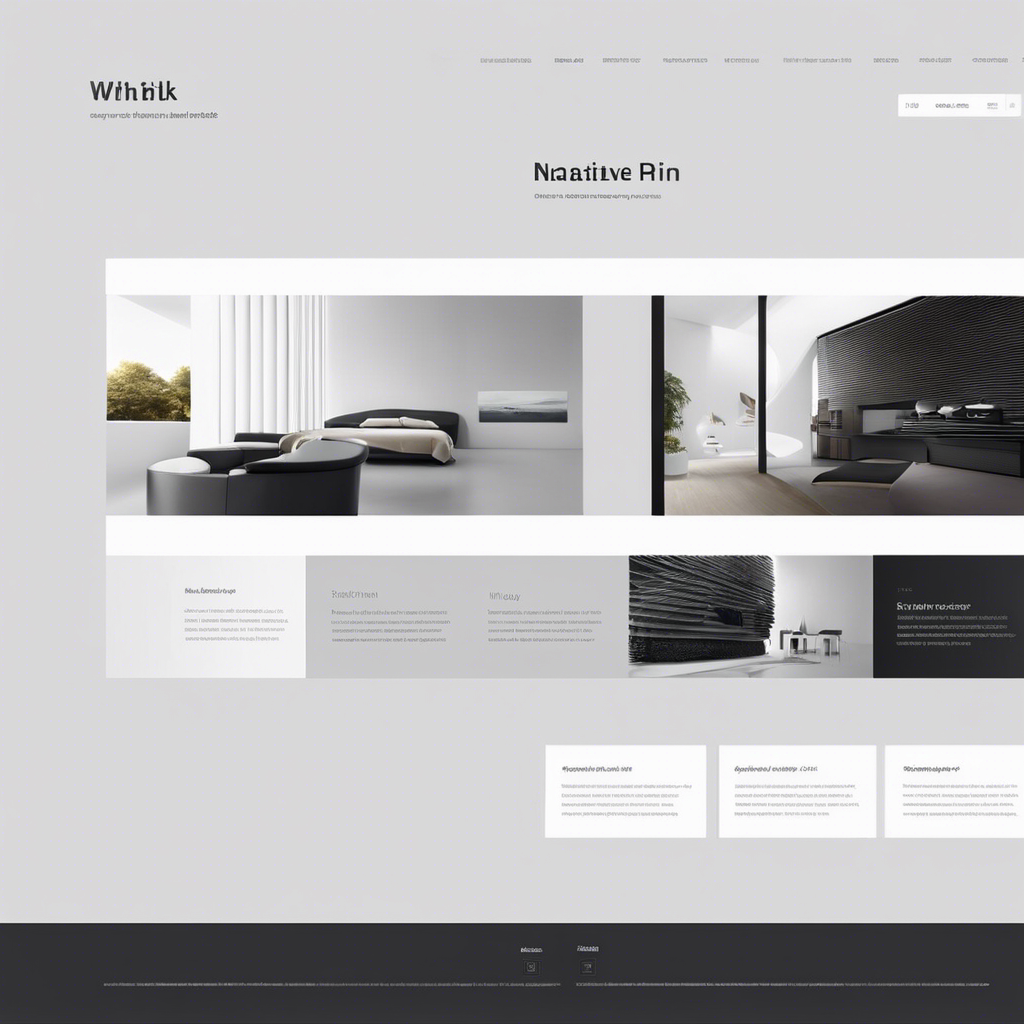Do you know that the average web designer is under a significant amount of stress? With long workdays and the pressure to constantly learn new technologies, it’s no wonder they often feel overwhelmed. According to recent studies, web designers are facing increasing competition from freelancers and overseas developers, adding to their stress levels.
But that’s not all – they also experience isolation and lack social connections due to the independent nature of their work. Overworking, neglecting self-care, and dealing with rejection are other common stressors they face.
However, there is hope. By utilizing technology to streamline processes, specializing to stand out, and improving work-life balance, web designers can effectively reduce their stress levels.
In this article, we will explore the hidden pressures of web design and provide coping tools to help you better manage stress in this field.
Key Takeaways
- Web designers face high levels of stress and pressure due to the demanding nature of their work, tight deadlines, and client expectations.
- Chronic stress in web designers can lead to burnout, anxiety, depression, weakened immune system, and increased risk of health issues.
- Daily stressors include meeting client expectations, juggling multiple projects, and striving to produce high-quality work.
- Isolation and overworking can contribute to feelings of loneliness, hinder creativity, and result in a lack of work-life balance.
The Hidden Pressures of Web Design
In the world of web design, you may not realize the hidden pressures that come with the job. Web designers are often faced with the challenge of creating websites that not only look visually appealing but also function flawlessly. This requires a deep understanding of user experience, digital marketing strategies, and the latest design trends.
The pressure to deliver results can be overwhelming, especially when deadlines are tight and clients are demanding. This constant push to meet expectations can lead to high levels of stress and anxiety, which can have negative effects on both mental and physical health. In fact, studies have shown that web developers who experience high levels of stress are at a higher risk of developing health issues such as high blood pressure.
It’s important for web designers to prioritize self-care and find ways to manage their stress levels, such as effective project management and seeking support from colleagues.
Chronic Stress in Web Designers
Web designers face chronic stress that can have detrimental effects on their mental and physical well-being. The demanding nature of their work, combined with long hours and tight deadlines, can lead to burnout, anxiety, and depression.
Chronic stress can weaken their immune system, leaving them susceptible to frequent illnesses that further exacerbate their stress levels. This constant state of stress can also increase the risk of developing long-term health problems like heart disease and high blood pressure.
Additionally, the isolation often associated with web design work can contribute to feelings of loneliness and depression, compounding the chronic stress experienced by web designers.
It’s important for web designers to prioritize self-care and find ways to manage their stress levels to maintain their overall well-being and deliver high-quality user experiences (UX) without compromising their own health.
Daily Stressors Faced by Web Designers
To understand the daily stressors faced by web designers, you must consider the constant pressure to meet client expectations and deliver high-quality designs. Every day, web designers are tasked with creating visually appealing and functional websites that align with their clients’ vision. This requires not only technical skills in web development and graphic design but also the ability to interpret and translate clients’ ideas into tangible designs.
The pressure to build a website that meets the client’s needs can be overwhelming, especially when faced with tight deadlines. Additionally, web designers often have to handle multiple projects simultaneously, juggling different design requirements and managing their time effectively.
These daily stressors can lead to feelings of anxiety and pressure, as designers strive to produce their best work while meeting the demands of their clients.
Impact of Isolation and Overworking
The constant pressure to meet client expectations and deliver high-quality designs can take a toll on the average web designer’s mental and physical health. This is particularly evident when it comes to the impact of isolation and overworking.
Web designers often find themselves working in isolation, which can lead to feelings of loneliness and depression. The independent nature of their work limits the opportunity for collaboration and the sharing of ideas. As a result, their creativity may be hindered, as they lack the input and inspiration that comes from working with others.
In addition to the challenges of isolation, overworking is a common occurrence in the web design industry. Designers often feel the need to work long hours in order to meet deadlines and deliver projects on time. This lack of work-life balance can have negative consequences on their well-being. They may miss out on opportunities for self-care, which is important for maintaining good mental and physical health. As a result, stress levels may increase, and overall health may suffer.
Unhealthy work environments that discourage self-care only contribute to the stress and unwellness experienced by the average web designer. It is crucial for designers to prioritize their well-being and find ways to address the challenges of isolation and overworking in order to maintain a healthy work-life balance.
Coping Tools for Web Designers
For effective stress management, utilize technology and tools to streamline processes and improve efficiency as a web designer.
Website design can be a demanding and stressful field, but there are coping tools available to help ease the pressure. Specializing in specific industries or languages can reduce competition-related stress, as it allows you to stand out and become an expert in a particular area.
Effective project management and better time management can also improve your work-life balance and reduce stress levels. Utilizing tools like Webflow and Figma can make web development easier and less stressful, as they offer features for faster responsive design and wireframing.
Frequently Asked Questions
Is Web Developer a Stressful Career?
Being a web developer can be stressful. Coping strategies, like effective project management, can help manage stress. Tight deadlines can impact mental health. Balancing work and personal life is important. Techniques for stress management are crucial. Chronic stress can have long-term effects.
What Are the Risks of Being a Web Designer?
To understand the risks of being a web designer, it’s important to consider work-life balance, burnout prevention, coping strategies, mental health, and job satisfaction. These factors greatly impact the overall experience and well-being of web designers.
Is It Hard Being a Web Designer?
Being a web designer can be challenging, but it’s also rewarding. Job satisfaction comes from overcoming creative challenges and collaborating with clients. It requires continuous learning, but finding work-life balance is crucial.
How Many Hours Do You Work as a Web Designer?
As a web designer, you may find yourself working long hours to meet client expectations and stay ahead in the competitive industry. Balancing work and personal life can be challenging, but it’s crucial for your well-being.




